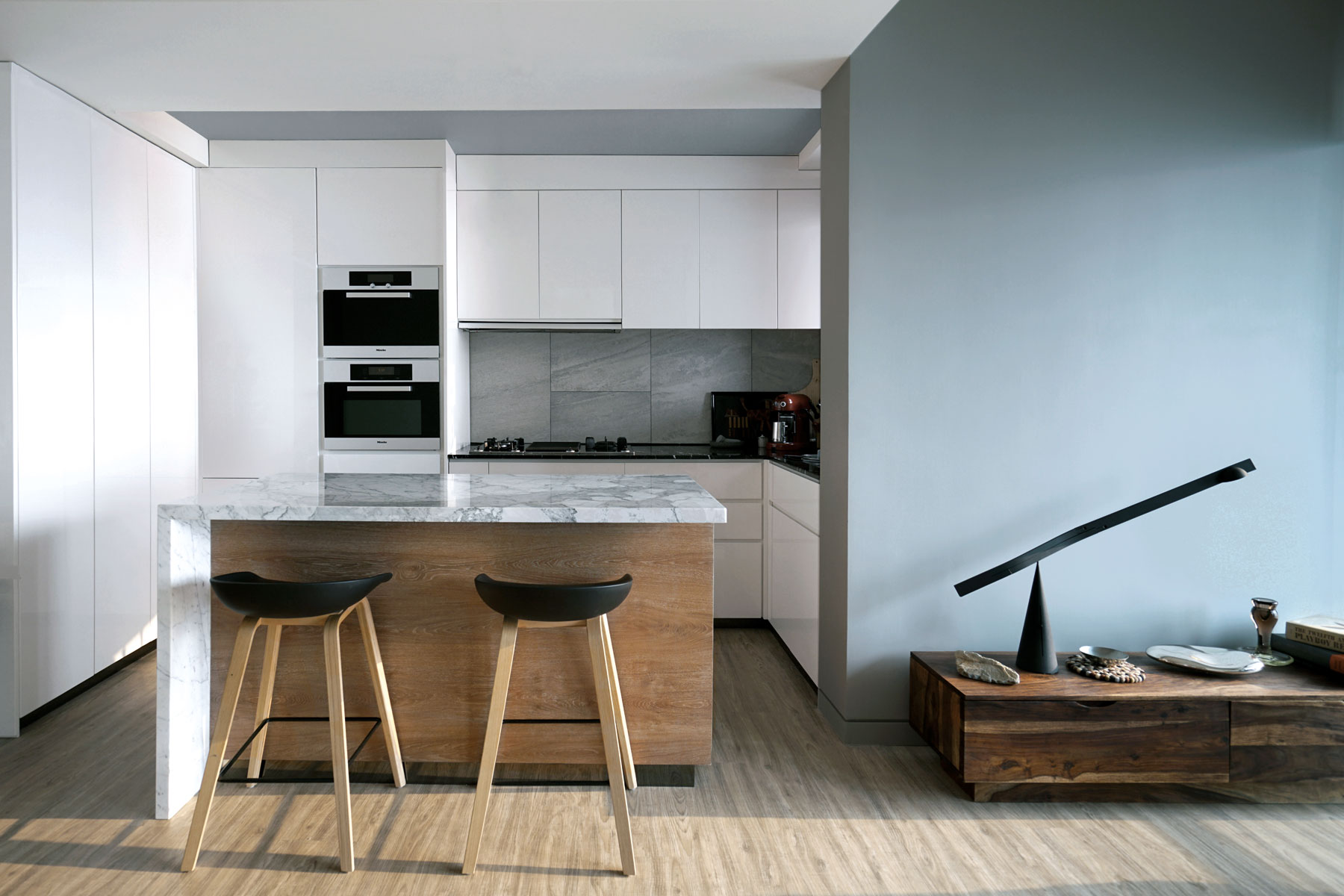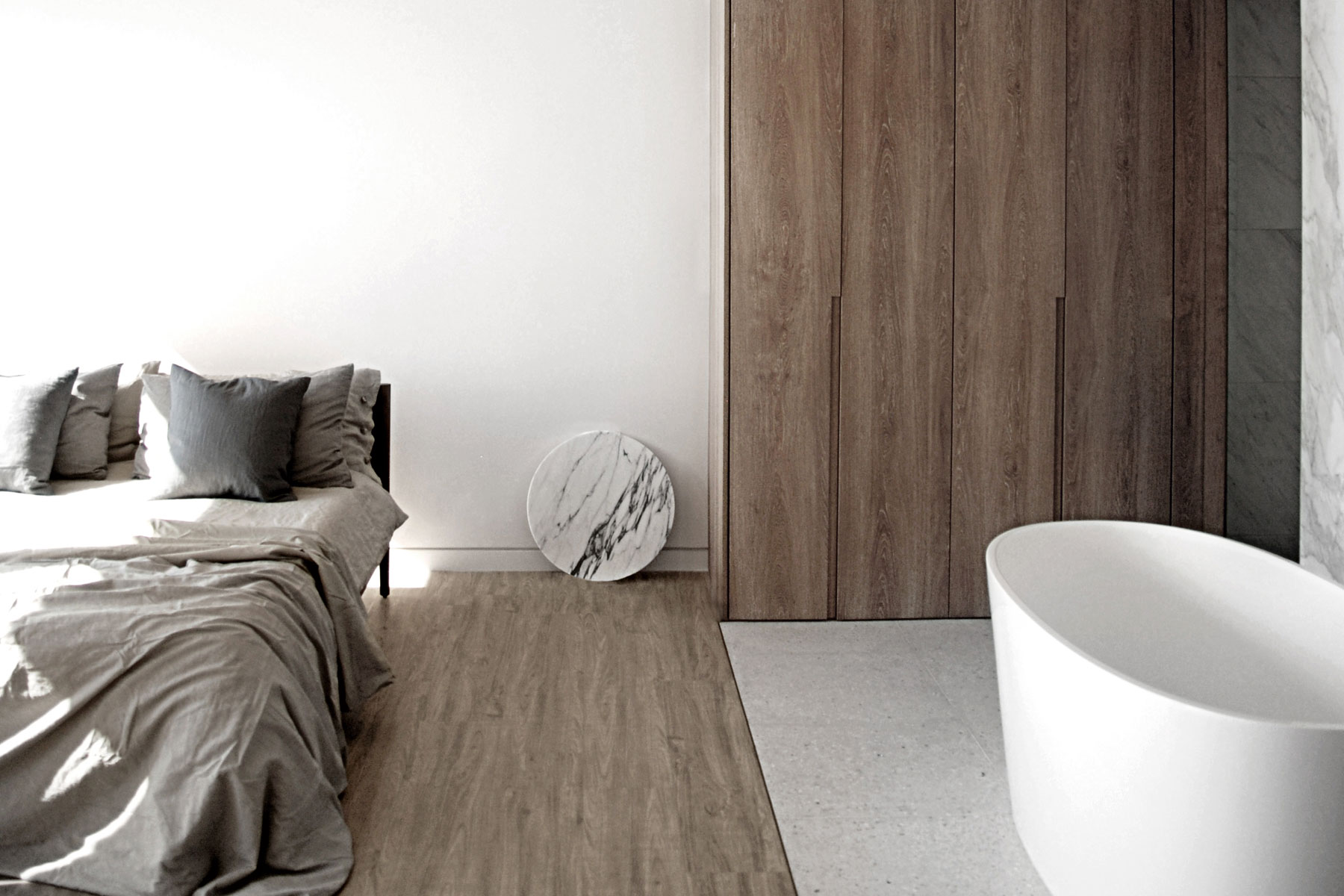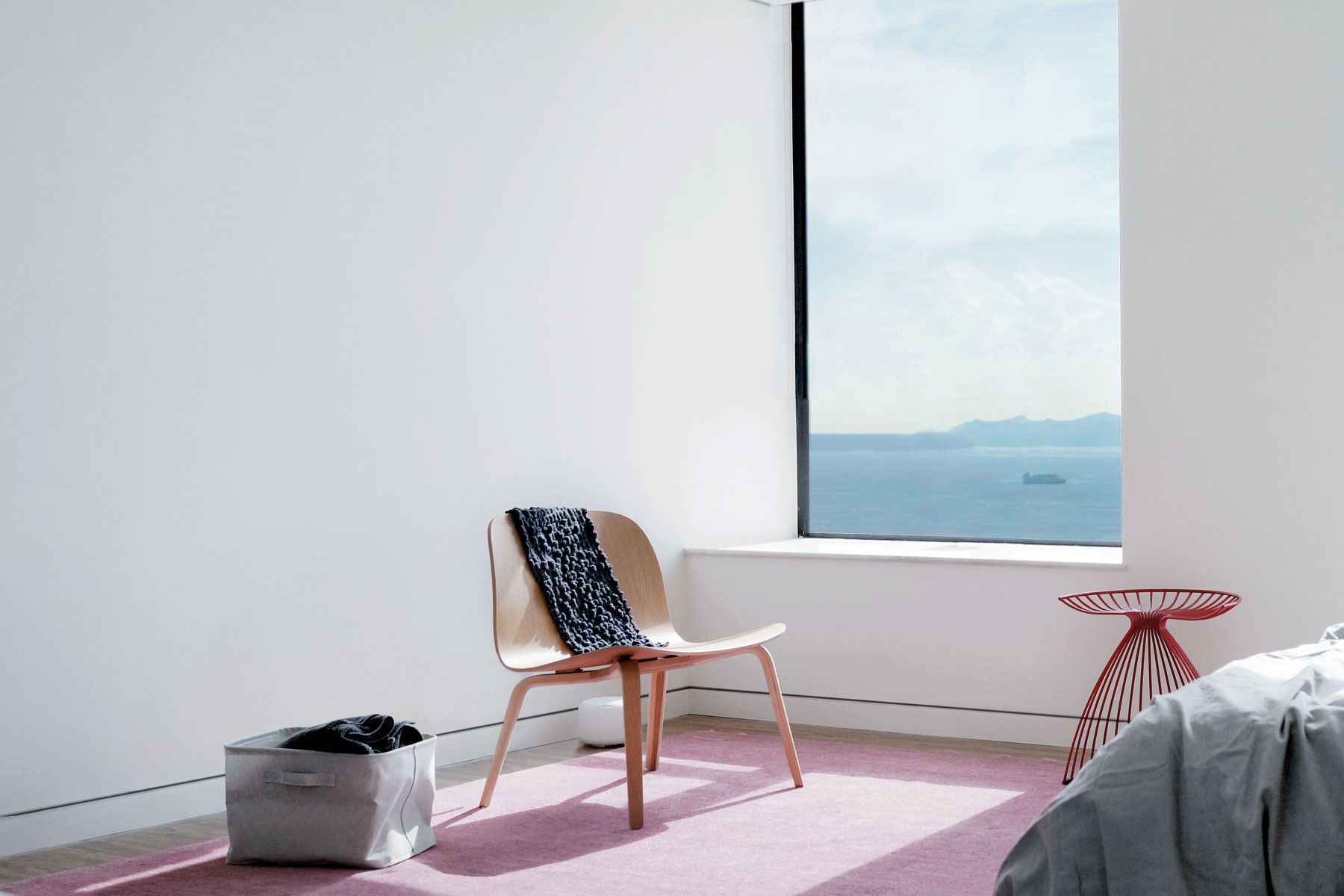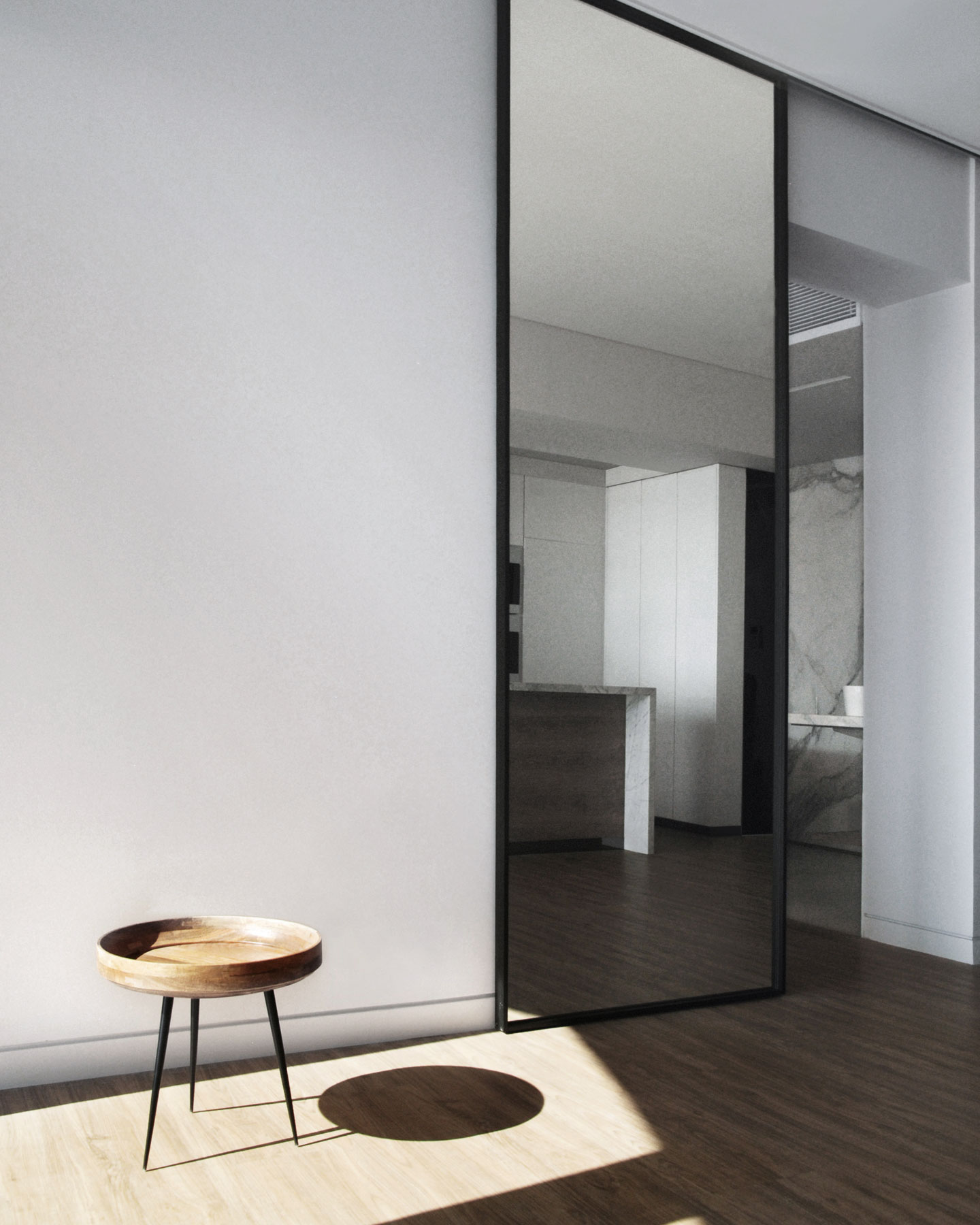In a 1955 interview given to explain his design choices for the seminal Seagram Building, the famously reticent, famously minimalist Bauhaus architect Ludwig Mies van der Rohe uttered, in his monotonous German drawl, one of his most iconic quotes: I don’t want to be interesting. I want to be good.
This reductionist philosophy of structural substance over frivolous ornamentation would be taken to heart some six decades after the fact by Cornell-trained architect Winston Yeo and branding consultant Effie Yang, when they founded Office for Good Architecture (OFGA) in 2013. It has guided their design efforts since.

Their style is defined primarily by a deference to seamless interiors, whitewashed and molded into undulating curves, as seen at their design for Beijing’s Morning Star Ballet Academy, or delineated by a discipline in materials to render near-ascetic residential spaces that yearn to be filled with the character of natural light.
The latter was certainly true when the duo were tasked with redesigning a 753-sq-ft apartment in Pok Fu Lam’s Residence Bel-Air, simplifying a two-bedroom, two-bathroom family home into a spacious loft-like abode for a young couple. While the clients initially explored the option of creating a transformer home that could morph into different functions as needed, it was quickly decided that such a setup would require so much space for the mechanisms as to add clutter, not subtract it.

Instead, OFGA chose to create an abode with overlapping spatial volumes, which necessitated a culling of divisions. Gone was the miniscule corridor, the guest bedroom, even the bathroom wall. The result is two rooms: a public space, the living room in which to entertain guests; and a private space, which contains the bedroom and bathroom amenities. The focus is on what you can do, rather than what you have, says Effie.
Sight lines reign supreme in the apartment, funneled through a portal in the central wall dividing public and private. Even when closed, this portal utilises an invisible door – in essence, a sliding floor-to-ceiling mirror that merely reflects sight lines into another corner of the space. In the private space, a freestanding bathtub stands in parallel to the bed, and where the bathroom wall once was hangs a diaphanous, semi-transparent curtain that provides a modicum of privacy while never obstructing the natural light.

Explaining their decision, Effie says, Privacy is essential to comfort, but to have absolute privacy for every program on the client’s list would require three times the space. So we approached privacy in terms of adjacency, specifically relative privacy. This allowed us to condense absolute privacy to a minimal footprint, freeing up the rest of the space to interpretation. The result are spaces that open onto one another, like an unfolding canvas, or in [American architectural historian] Colin Rowe’s words, ‘phenomenal transparency.’
The expansive ocean view, while stunning to behold, posed a problem due to the apartment’s southwest orientation which added to heat and glare. This was creatively moderated by the use of a 50% blind that filtered the light yet allows occupants a view of the distant landscape. Materials and finished with a neutral warm undertone were also used throughout, all the better to diffuse the incoming natural light as a warm glow that contributes to the apartment’s pervasive sense of calm.

As a whole, the apartment – which won an Asia-Pacific Interior Design Award this year – represents a borderless mode of living, one that literally requires out-of-the-box thinking in response to the city’s unique constraints. There is a conscious shift away from a design strategy driven by compartmentalization, instead focusing on achieving a continuity of material and space, without sacrificing privacy and comfort, says Effie. It’s about redirecting the conversation from storage to lifestyle, from a future resale value, to living in the moment; a picturesque moment.
See more homes like this in our wellness-themed January issue, out on newsstands now.
The post OFGA overlaps multiple rooms in this fluid Pok Fu Lam home appeared first on Home Journal.






